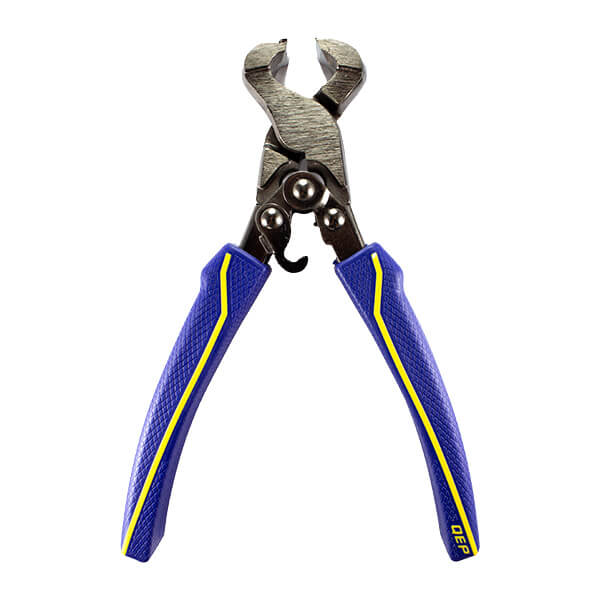
The Dental Pick 4-Piece Set is used for cleaning grout from cracks and pits and for removing glue residue from gaps between mosaic tile. WARNING: THESE ARE SHARP. The shape of the points can vary from the photo shown, but the tips can be bent and reshaped, and each unit has a pick at either end of the tool. The 4-piece set is better than buying an individual pick because the styles of the ends vary, and multiple picks help ensure that you have what you need.
Dental Pick 4-Piece Set
- double-ended steel dental picks
- 4 pieces
- shapes of pick ends vary from photos
The Importance of Cleaning Glue Residue
It is important that no glue residue extends up the sides of your tile. If adhesive isn’t covered with grout, then water can wick underneath the grout over time and cause tiles to pop off. You should inspect your mosaic by misting it before grouting. Any traces of glue on the sides and faces of the tile will start to turn white after a few minutes of being misted with water. You can use the point of a knife or box cutter to scrape away any glue residues you see coming up the sides of the tile to the top. However, tile in artistic mosaics made from hand-cut tile sometimes has points where tile actually touch each other at points, or the tile has extremely small grout gaps, similar to the spacing of human teeth. This makes a dental pick ideal for cleaning glue residue in these tight gaps.
How to Reduce Frustration
Tools like tweezers and dental picks can save hours of tedium and reduce frustration by allowing you to position tile without disturbing tile that you have already positioned. With these simple tools, you will be able to attempt more detailed designs than you would consider if using only your fingertips.
How To Make Mosaics
For more advice on designing your mosaic project or mounting, cutting, and grouting tile, please see our page of Mosaic Frequently Asked Questions or our Mosaic Information Guide, which lists instructional pages described by topic. We also post new articles about making mosaics at our How to Mosaic Blog.







 The Compound Nipper is our recommended tool for cutting extremely hard tile such as thick dinnerware, porcelain and certain varieties of stone. This nipper has a compound lever mechanism which multiplies the mechanical force of your hand three times more than conventional tile nippers, which enables you to cut harder materials with much less effort.
The nipper should not be used for glass tile because it crushes and splinters more glass than it cuts. For cutting glass mosaic tile, you should use the
The Compound Nipper is our recommended tool for cutting extremely hard tile such as thick dinnerware, porcelain and certain varieties of stone. This nipper has a compound lever mechanism which multiplies the mechanical force of your hand three times more than conventional tile nippers, which enables you to cut harder materials with much less effort.
The nipper should not be used for glass tile because it crushes and splinters more glass than it cuts. For cutting glass mosaic tile, you should use the 